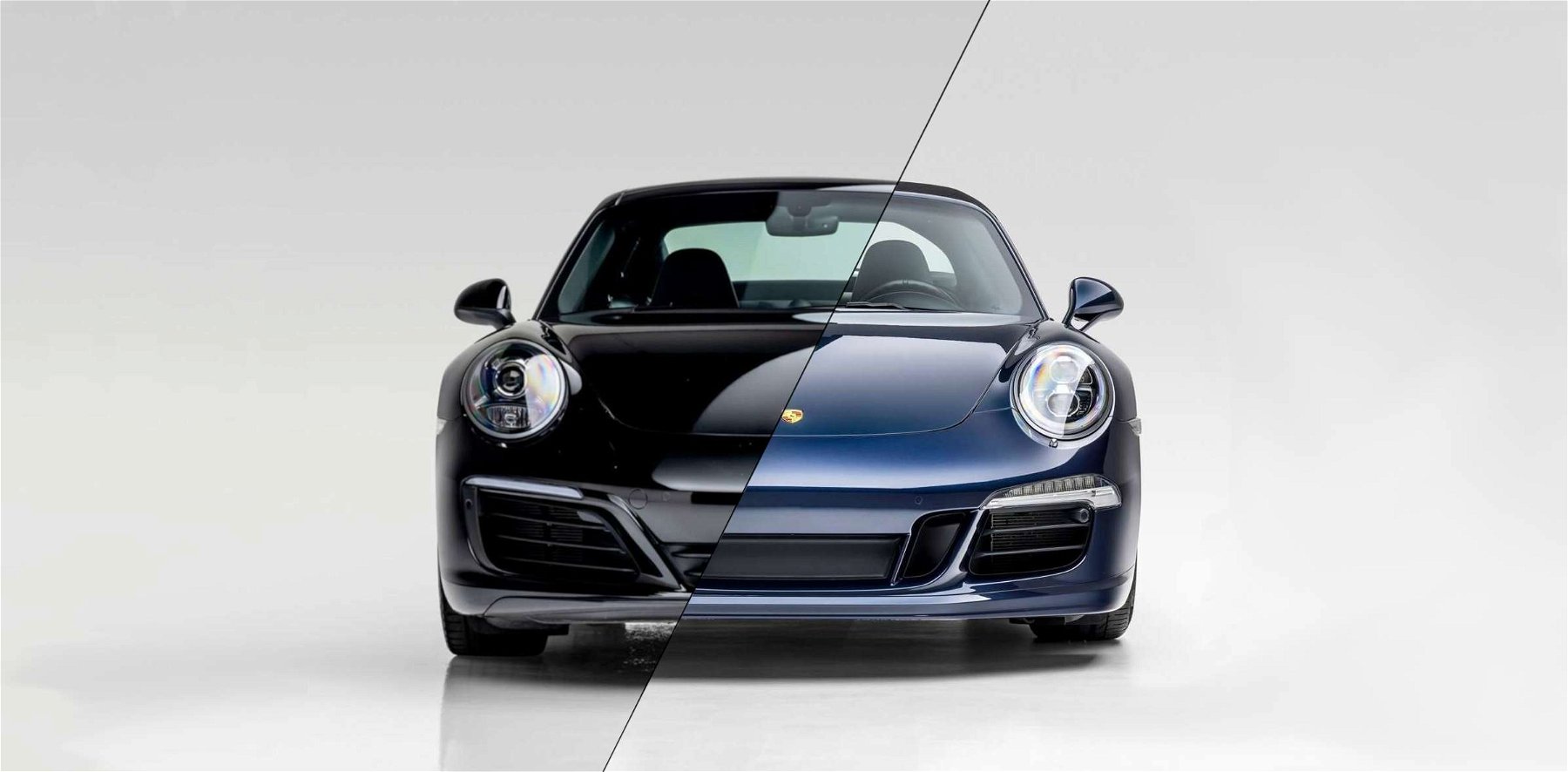
The seventh generation Porsche 911 is still one of the most popular. The Stuttgart-based company sold 233,540 models between 2011 and 2019. Both within Porsche and among customers, the 991 was extremely well received. But which generation 991 should you prefer? And what are the differences between the Porsche 991.1 before the facelift and the later 991.2?
After four years in production, Porsche presented an updated 991 version for the 2016 model year. The visual differences between the Porsche 991.1 and 991.2 are subtle. Most noticeable at front are the daytime running lights. They are significantly larger on the 991.1 than on the 991.2, while the light strip on the facelifted 911 from model year 2016 has clearly become slimmer. The Stuttgart company has also changed the air ducting in the apron. Three instead of two cross struts adorn the side intakes at the front. And they are clever, as they can even be actively adjusted as an aerodynamic element. The spoiler lip at the front has also grown slightly in width.
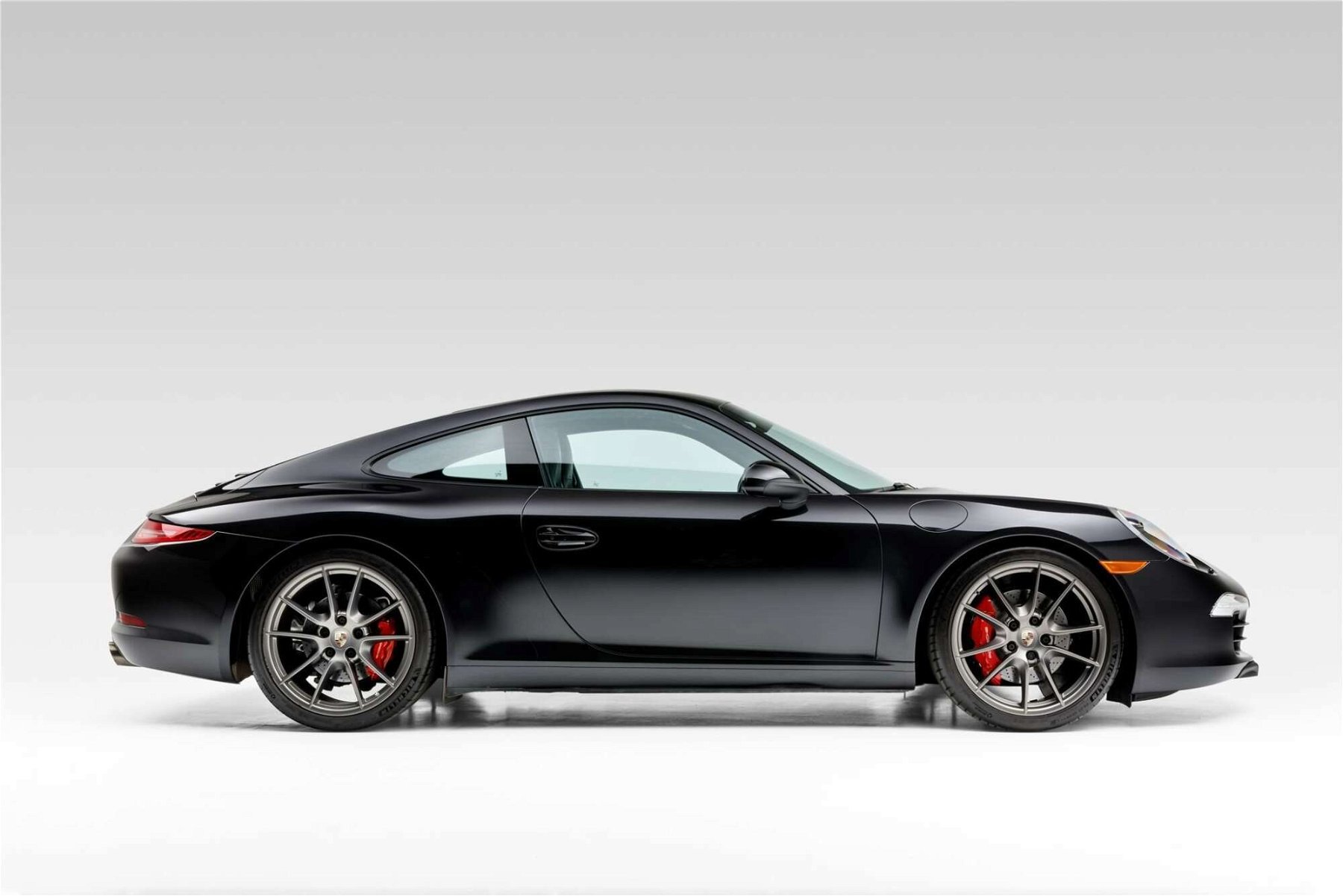

The Porsche 991.2 looks more polished on the sides. This is due to the revised door handles compared with the 991.1. Porsche has integrated the recessed grip into the door for the 991.2. This eliminates the gap between the recess and the door. An air duct is now attached to the side of the rear apron. Another difference between the Porsche 991.1 and 991.2: the reflector strip of the rear apron has been extended further around the hips on the 991.2. It can now also be seen in the side view. The active rear spoiler was larger on the Porsche 991.2 and offered 45 percent more aerodynamic effective area.
These differences between the Porsche 991 facelift and its predecessor are often only apparent to the layman at second glance. The clearest distinguishing feature is found at the rear. The engine cover and the apron itself have been significantly revised. Before the facelift, the Porsche 911 had three transverse vents on the engine lid. In the 991.2, Porsche relied on a large number of “ribs” running in the direction of travel. The active rear spoiler was also revised on the Porsche 991.2. It was made larger and offered 45 percent more aerodynamic effective area. Additionally, the taillights got redesigned as well.
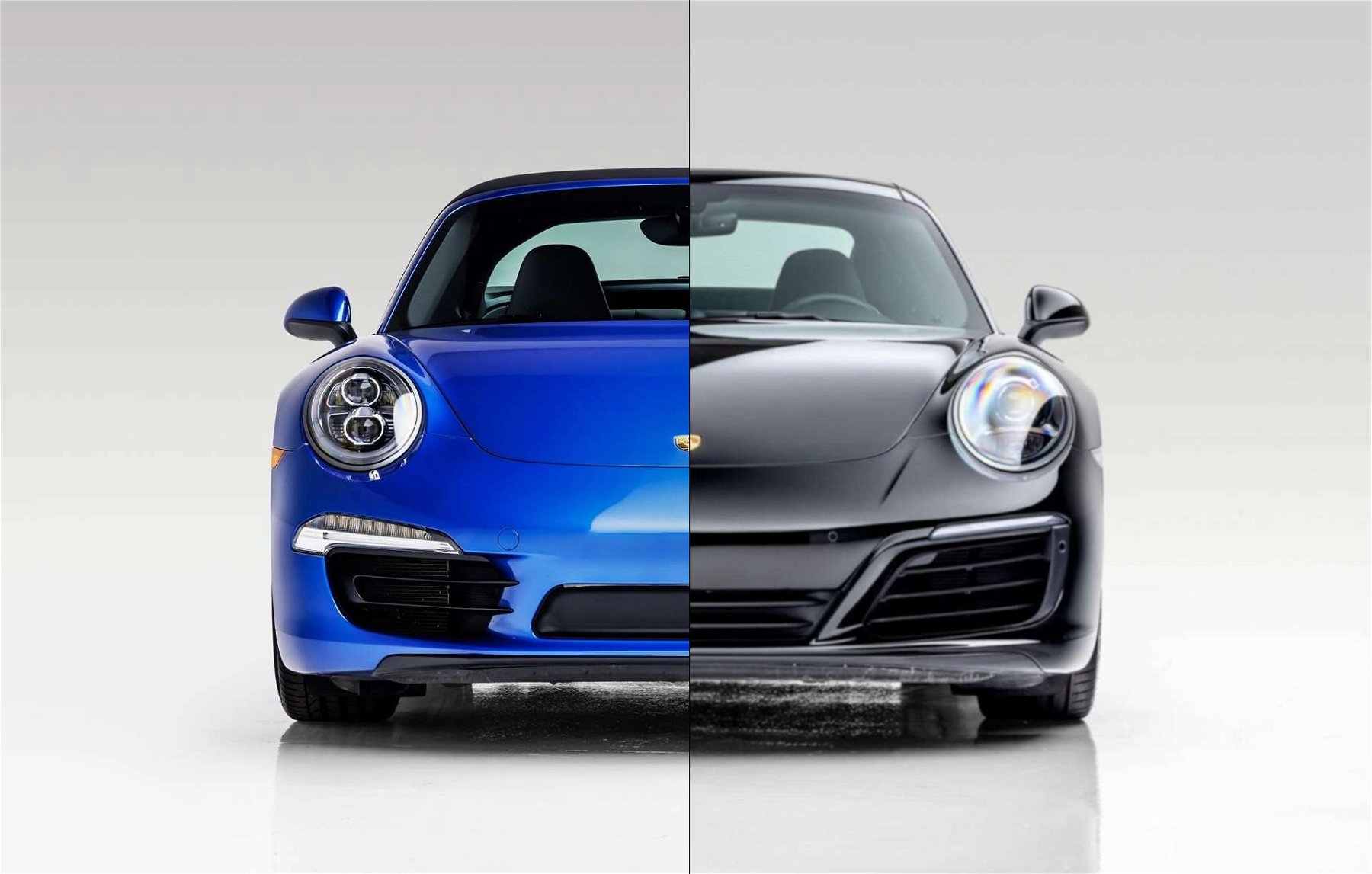

At the lower end of the apron, all 991.2 Carrera models are united by the indicated diffuser. The optional sports exhaust system is a special highlight, though. Instead of the previously laterally mounted tailpipes in all configurations, the 991.2 has two centrally positioned tailpipes in the sports exhaust system. This design clou demonstrated the kinship between road cars and motorsport always emphasized at Porsche.
In the mid-2010s, an outcry went through the Porsche world. Starting with the 2016 model year, the Porsche 911 Carrera and Carrera S had a 3.0-liter bi-turbo engine (type 9A2) instead of the previously used 3.4 and 3.8-liter naturally aspirated engines from the MA1/MAB generation. For many Porsche fans, this was akin to sacrilege. After all, forced induction in Porsche’s flagship model had always been reserved for the 911 Turbo.
However, it remained a storm in a teacup. The new engines impressed with drastically improved performance – especially in the mid-range – and lower fuel consumption. From now on, the 911 Carrera had 370 instead of 350 hp and 450 instead of 390 Nm. The 911 Carrera (4)S now had 420 instead of 400 hp and 500 instead of 440 Nm.
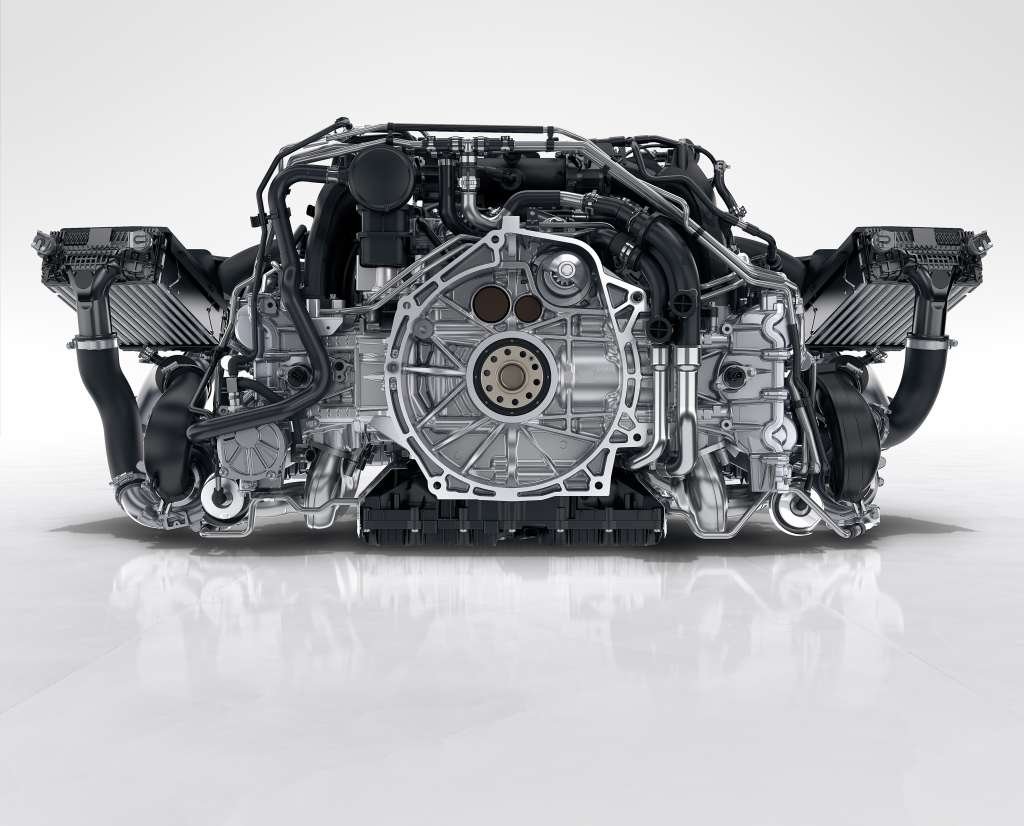
And even more than the pure peak values, the turbo engine convinces with its huge torque plateau. Maximum torque is available from 1,700 to 5,000 rpm. The naturally aspirated engine in the 991.1 only reaches its 390 or 440 Nm of torque at 5,600 rpm. Up to around 4,500 rpm, the turbo engine is consistently a full 100 to 150 Nm ahead. That’s why it feels considerably more powerful in every driving situation.
However, this power cure came at the expense of emotion. Although the turbocharged 3.0-liter six-cylinder boxer engine in the Porsche 991.2 sounds really good for a turbo powerplant, it does not come close to the acoustics of the engines in the 991.1. But the performance figures of the new turbo engine are so convincing that Porsche was meanwhile forgiven the paradigm shift in the 991.2 Carrera (S). Especially since Porsche has put a lot of effort into making the engines more (more) reliable. Among other things, new cylinder coating processes promise a longer engine life.
The 9A2 engine was also convincing because it revs very high for a turbo engine. Its limiter kicks in at 7,500 rpm. In the 991.1, it was only 300 rpm more at 7,800 rpm. And the 991.2 Carrera S manages the sprint from a standstill to 100 km/h in under four seconds. Here the 991.1 loses almost half a second. In the Sport-Auto Supertest, the Porsche 991.2 Carrera S was even on a par with the 991.1 GT3 and the 997 GT3 RS on the racetrack – insane!
Of course, this doesn’t just have to do with the engine. The Porsche 991.2 comes with Porsche Active Suspension Management (PASM), which was previously available at extra cost, as standard. There was also a newly adapted Porsche Doppelkupplungsgetriebe (PDK). As standard in the Carrera S, Porsche donated its then-new Torque Vectoring (PTV) and Dynamic Chassis Control (PDCC). Garnished with the optional Porsche Ceramic Composite Brakes (PCCB) from the 911 Turbo, rear-axle steering and, in the Sport Chrono package, even dynamic engine mounts, this makes the 991.2 Carrera S a real weapon for the occasional race track visit.
Inside, too, there are small but fine details that distinguish the Porsche 991.2 from the 991.1. One is the Porsche Communication Management navigation/infotainment system. The Porsche 991.1 still has version 3.1 of the PCM. It is already capable of Bluetooth music streaming, but only if the mobile phone connectivity feature was included from the factory. More modern features like Apple CarPlay, multitouch operation and proximity sensor are reserved for the Porsche 991.2. The face-lifted 991 is equipped with version 4.0 of PCM, which even comes as standard!
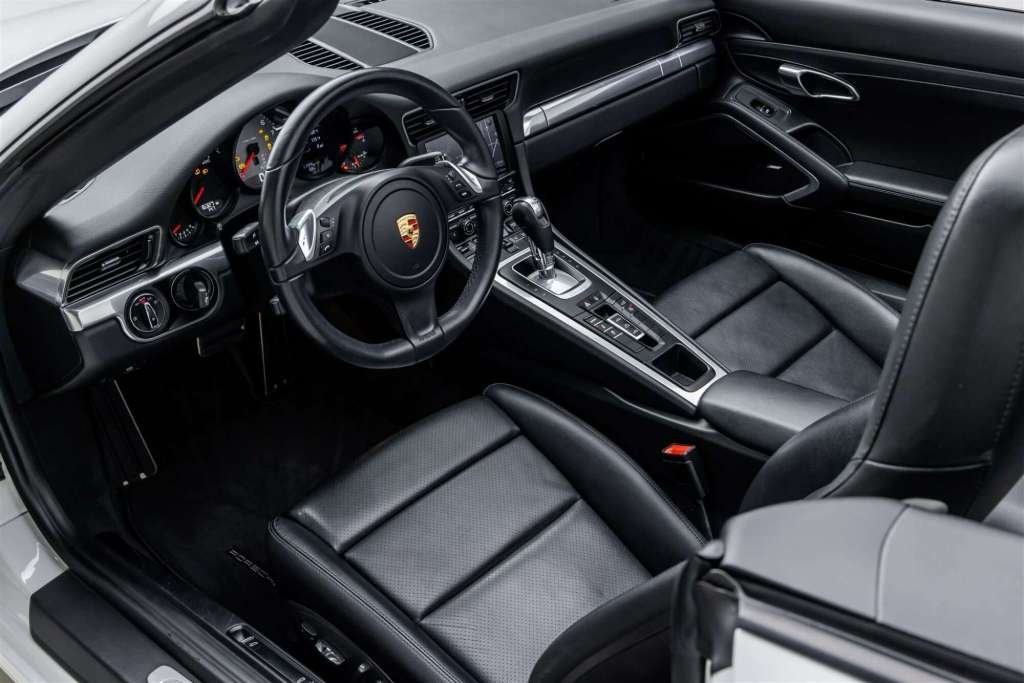
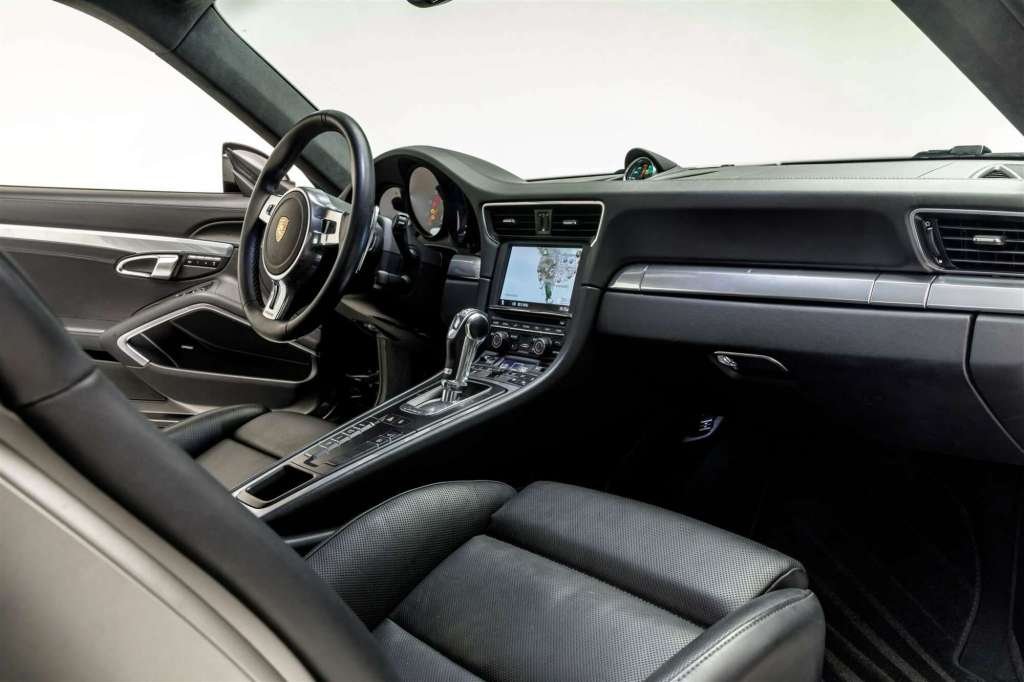
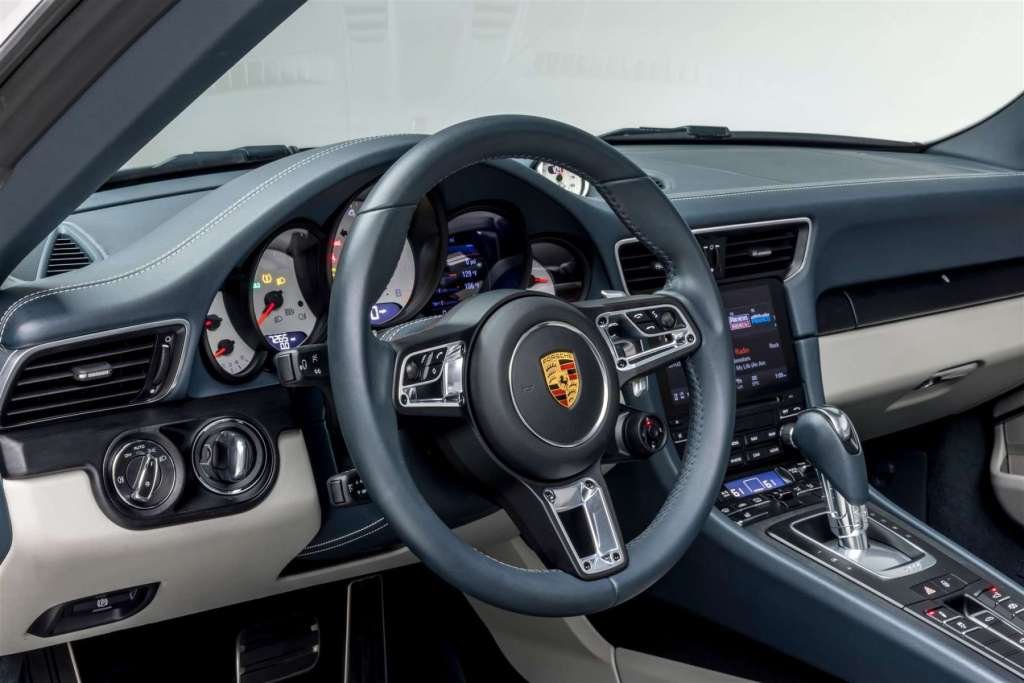
There are also major differences in the steering wheels. In the first 991.1 models, the old gen 997/987 three-spoke steering wheel without aluminum clasps was used. In contrast, the later steering wheel with clasps looks much fresher. The Porsche 991.2 even has the version that is also used in the 992. And depending on the equipment, there is a drive mode switch derived from the 918 Spyder as well.
The better is the enemy of the good. This is also the case here. Objectively, the Porsche 991.2 is the better car in every respect. But if you compare the two cars directly, the updated of the seventh-generation 911s, is the convincing choice. More power, a more confident driving experience, even better handling, better infotainment, and an interior that could still be sold new.
Of course, this is contrasted by the omnipresent powertrain of the 991.1. Its atmospheric six-cylinder engines are picture-perfect for a sports car. They are willing to rev, strong in character and powerful in sound. For the Sunday drive, they are probably even the “better” choice, because they are simply more emotional. Revving a free-breathing six-cylinder boxer engine to almost 8,000 rpm is simply an experience.
The 3.0-liter 9A2 bi-turbo engine in the Porsche 991.2 is so well done that the somewhat muffled sound can be forgiven.
However, the 3.0-liter bi-turbo engine in the Porsche 991.2 is so well done that the somewhat muffled sound can be forgiven. Especially since – with relatively little effort – there is still quite a bit of power to be extracted from the unit. All this makes the Porsche 991.2 Carrera (S) interesting for those who would like to have the latest technology, but are still unfamiliar with the eighth generation 911 (992). This is because its styling is a clear step into the modern age, away from the often propagated “classic” 911 design.
If we simply go through the purely objective arguments, the recommendation would be clear. After all, the Porsche 991.2 is particularly convincing in everyday use and would be preferable to the 991.1. Porsche did not just launch a facelift with the 991.2. Instead, the two models differ significantly in their characteristics.
However, it’s still not that easy to pick a favorite here. Just because the 991.2 does many things better, it doesn’t make the 991.1 a bad car. Quite the opposite is true. It comes from a generation that is already very close to the driving experience of current cars. It also drives excellently around corners, has a great PDK and offers driving performance on a level, that can hardly be legally enjoyed on public roads anyway. But everything is a few percentage points less fantastic than the 991.2.
If your heart beats exclusively for naturally aspirated engines, you can’t go wrong with a Porsche 991.1 Carrera (S). Besides, you get a lot of Porsche for your money, especially with the 3.4-liter models. Compared to the facelift sibling, the buyer saves himself a few tens of thousands here. However, it should not go unmentioned that the performance difference between the first and second generation 991 is particularly noticeable in the regular Carreras.
If instead the desire for state-of-the-art technology and even more impressive performance wins out, the choice has to be 991.2. The last expansion stage of Porsche’s seventh-generation 911 is still incredibly good today. There are even more and more people who are trading back their newly purchased 992 for a 991.2 again.


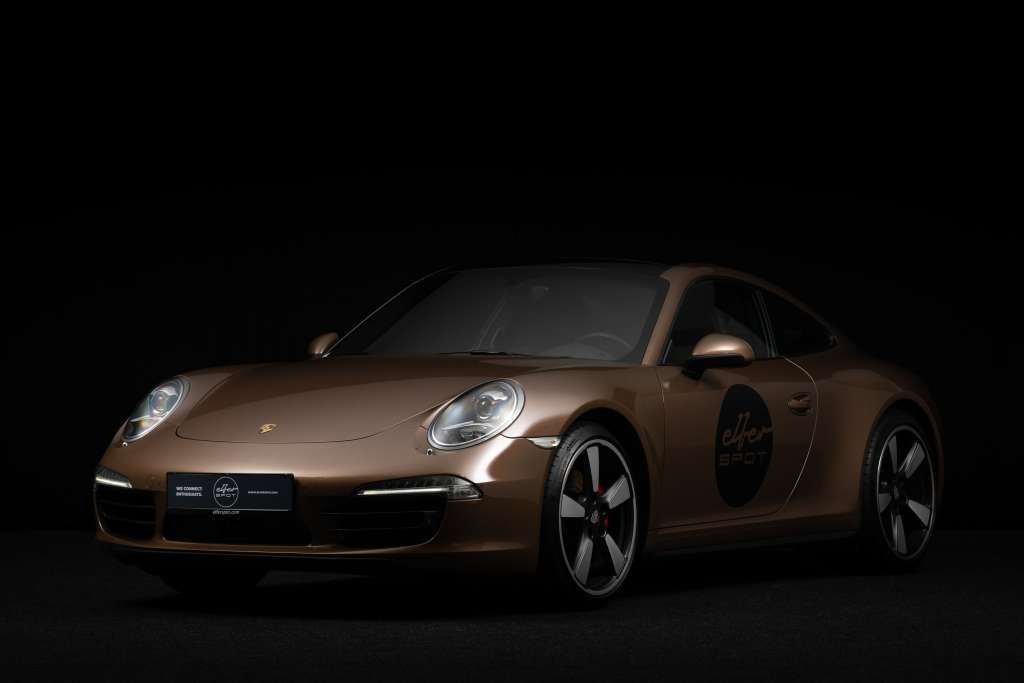
The current supply situation for new Porsche 911s also does not suggest that prices for the 991 generation will drop drastically yet. Moreover, the 991.1 and 991.2 are extremely good vehicles in terms of quality. Therefore, both 991 versions tend to be a good buy. And honestly, don’t they both just look beautiful?
Elferspot magazine